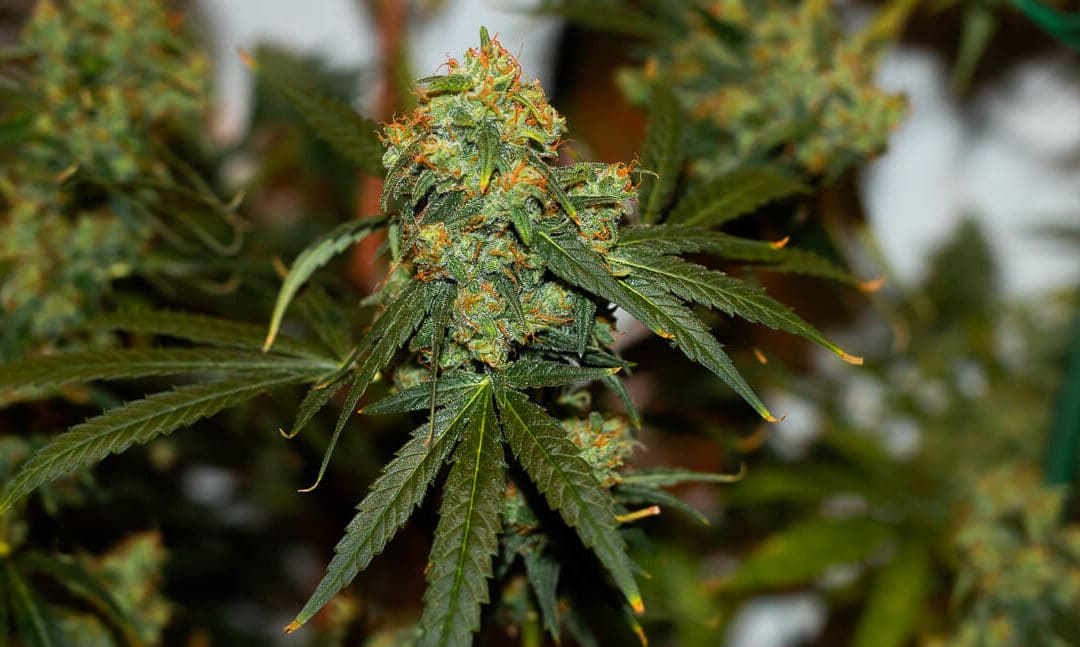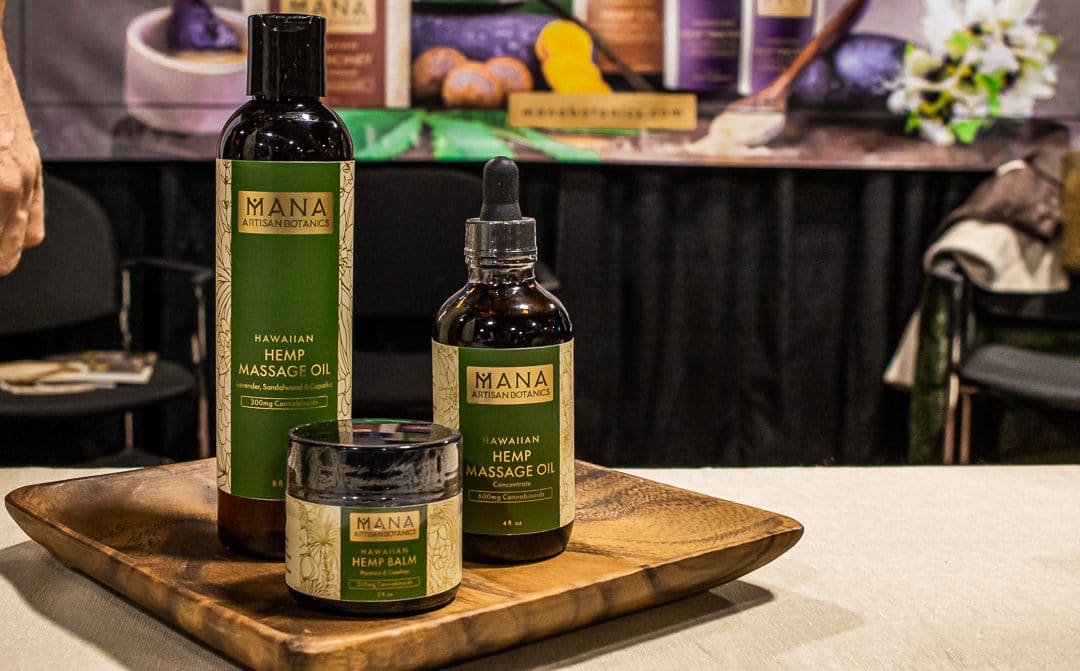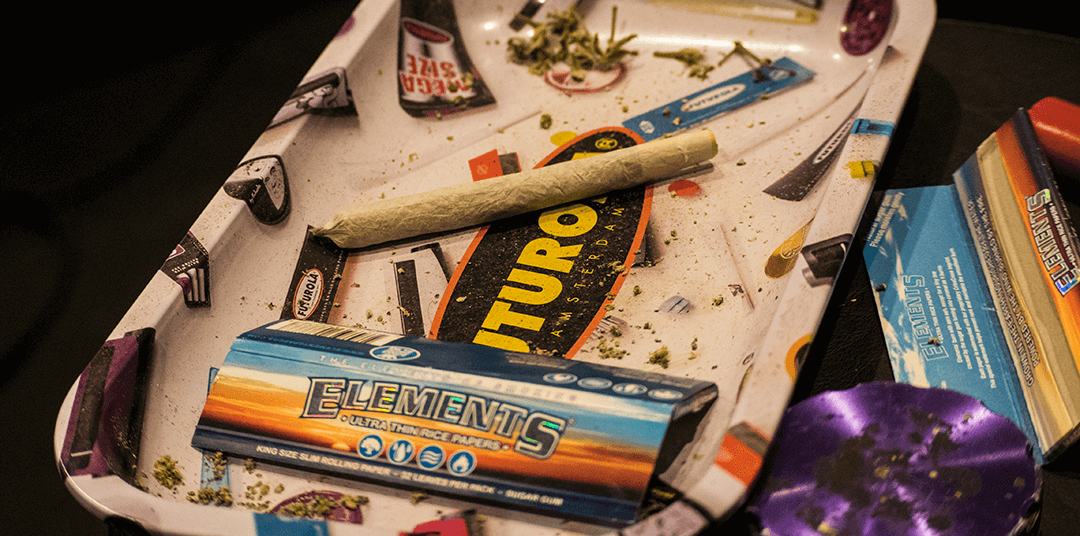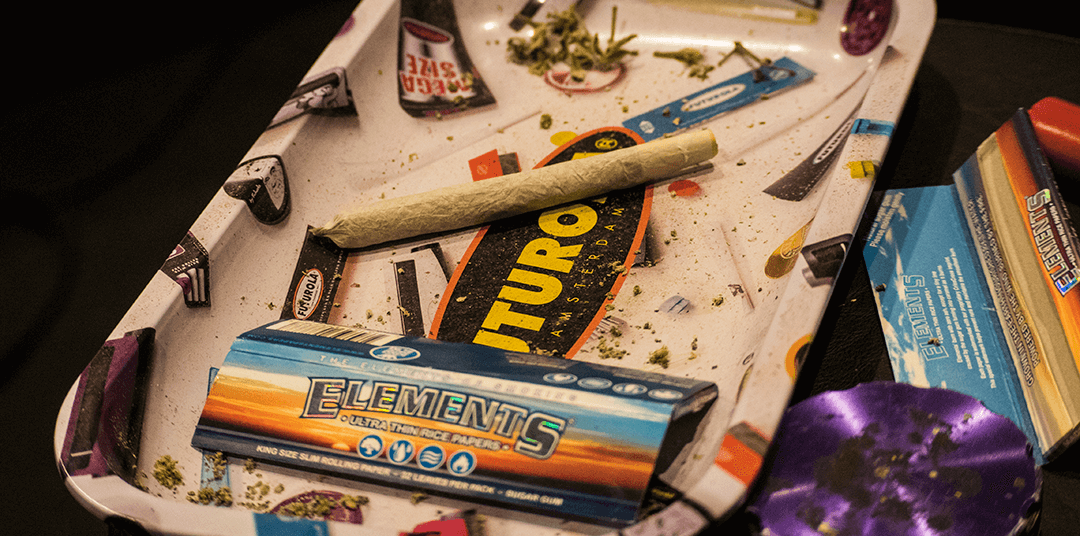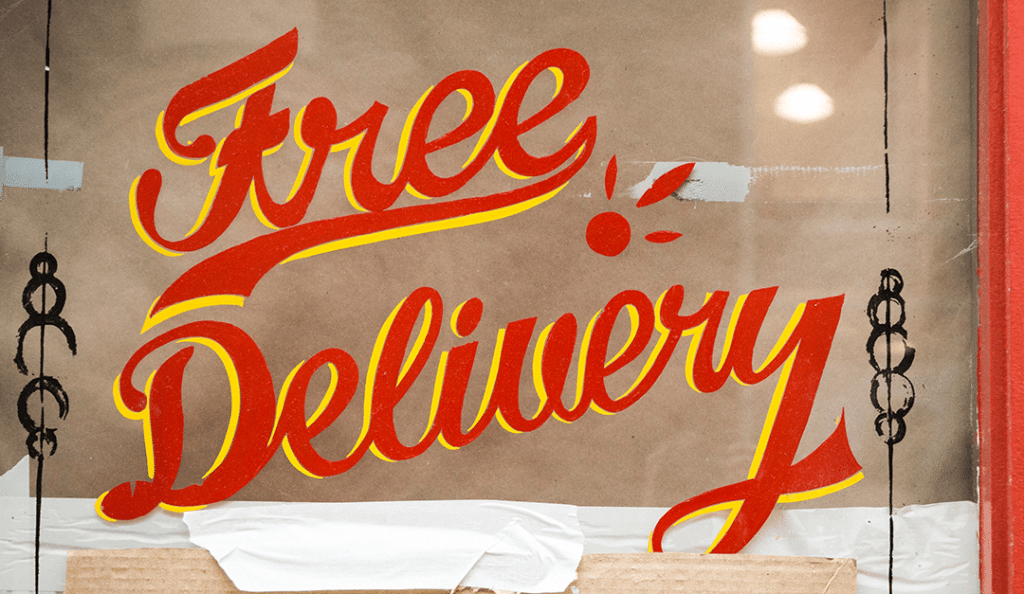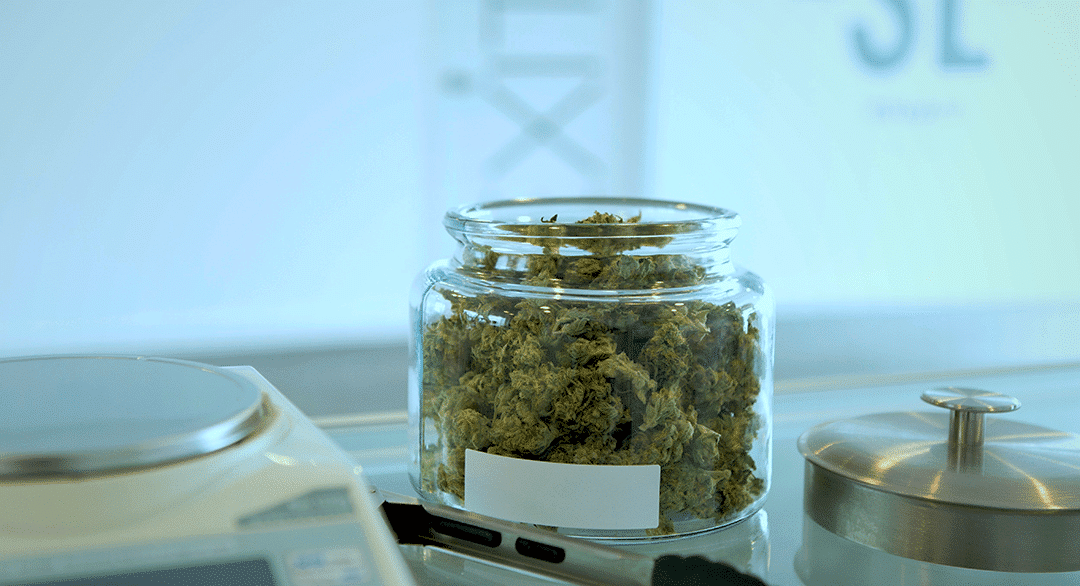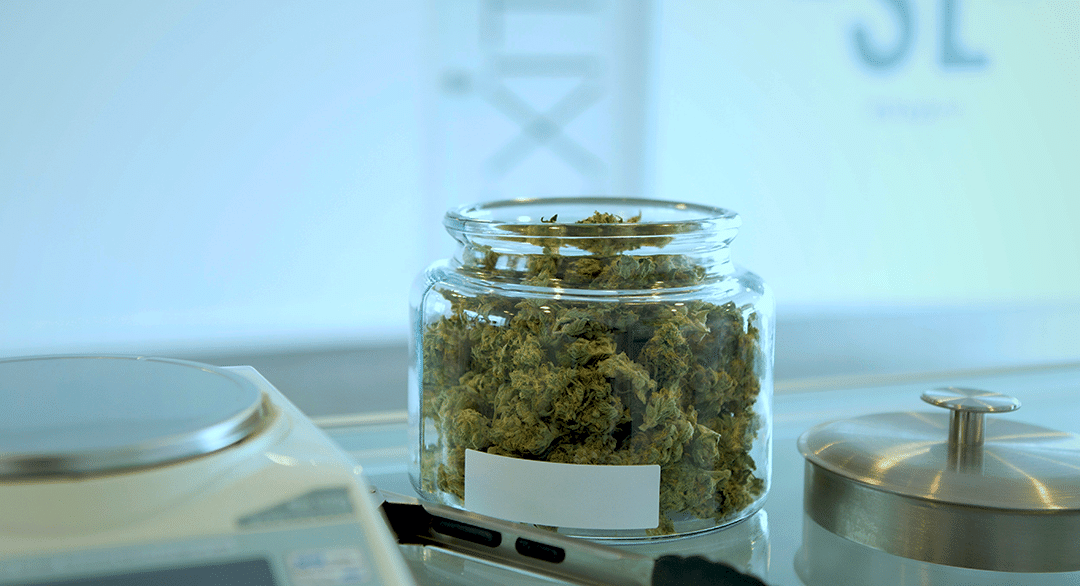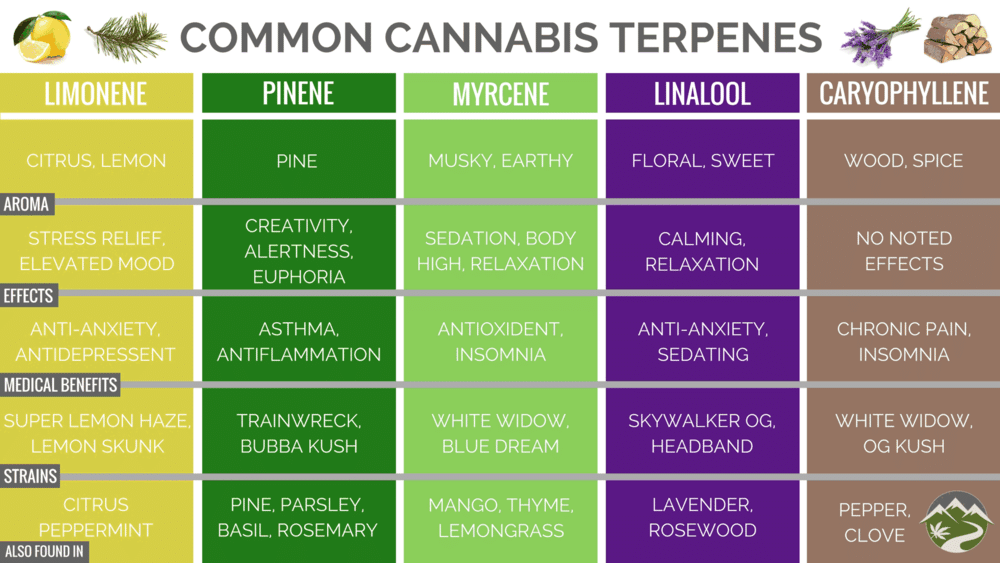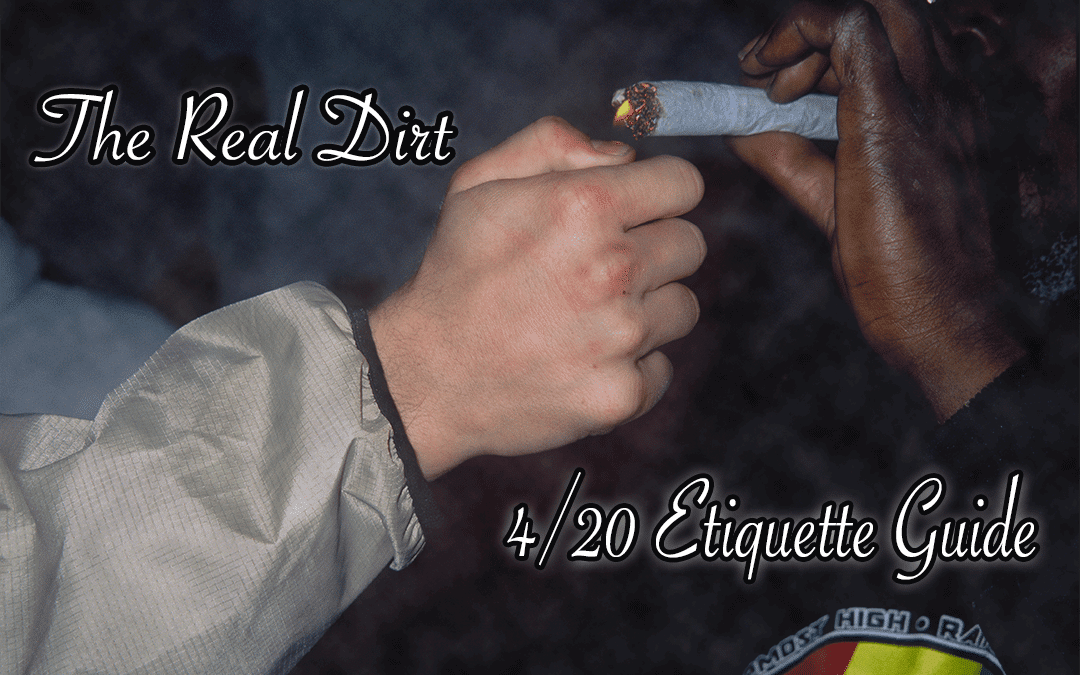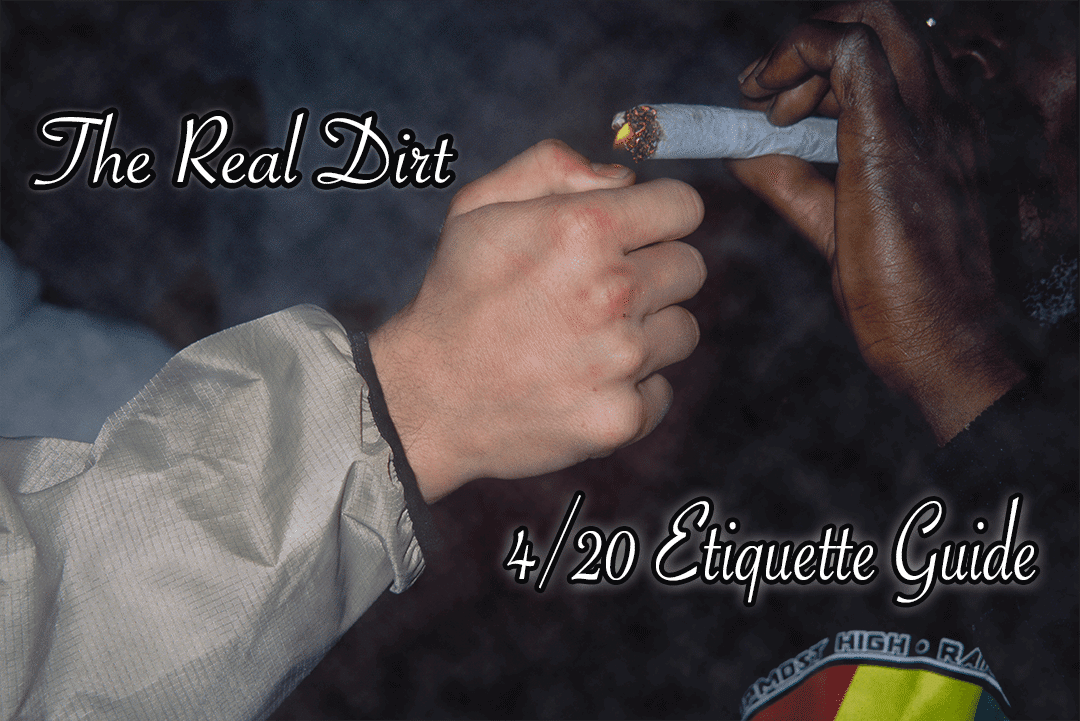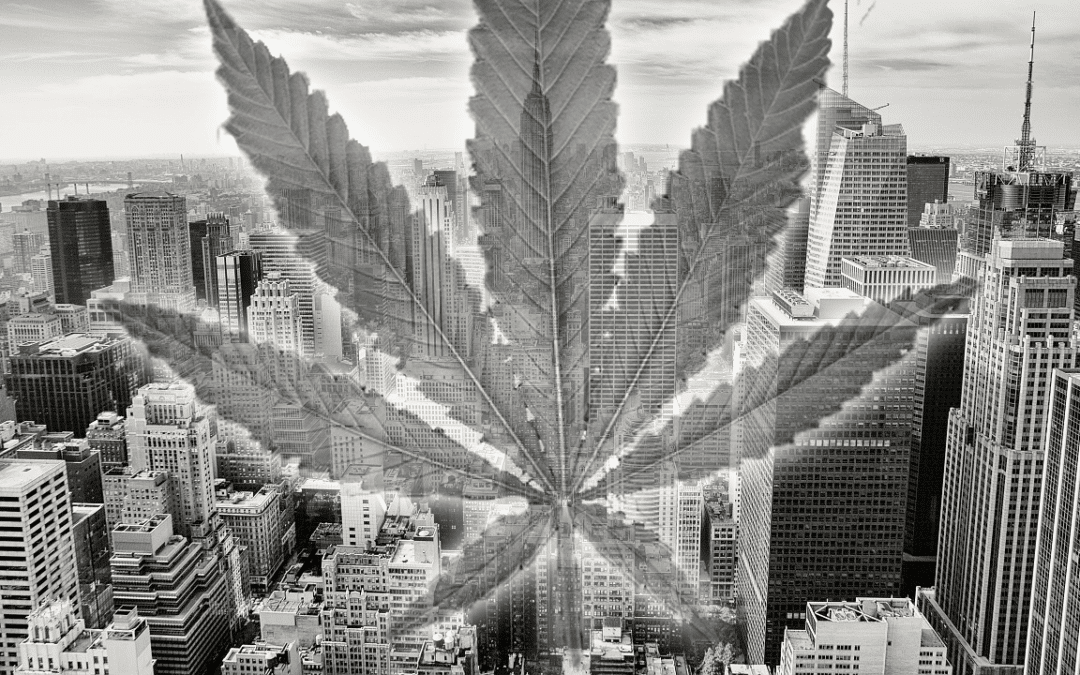
Is New York Next to Legalize Cannabis?
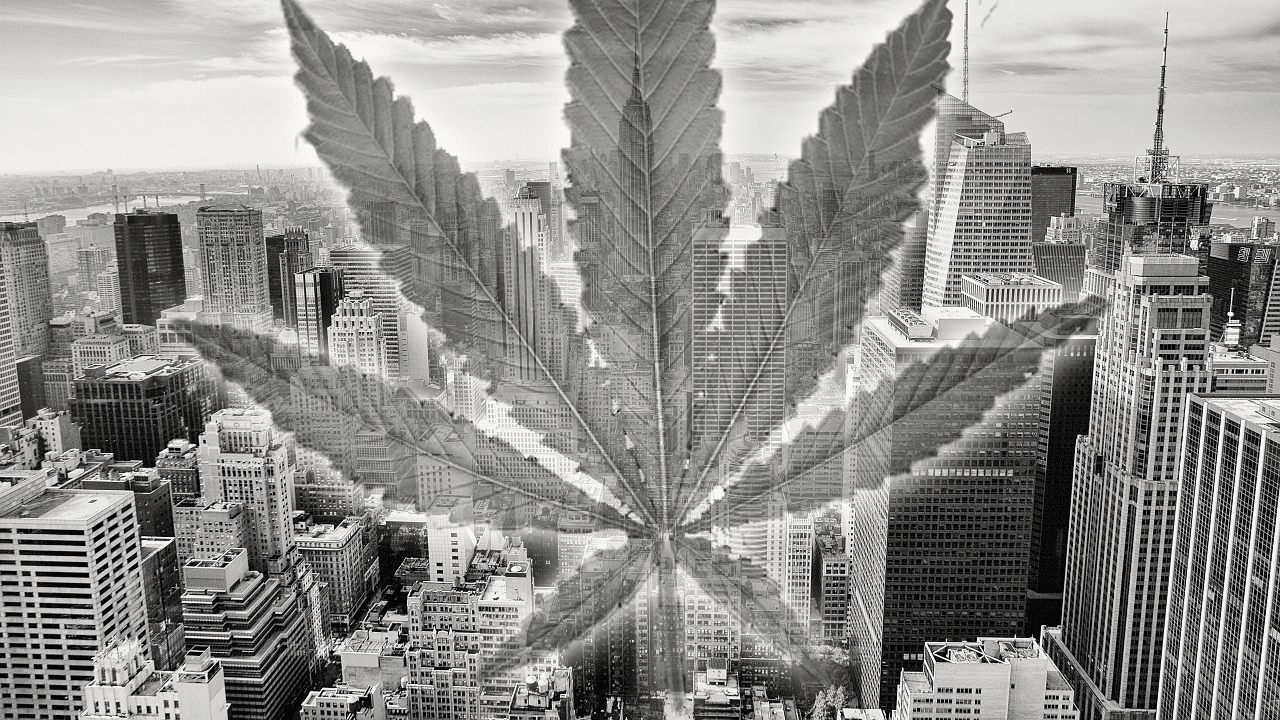
New support from New York’s Farm Bureau could be the final push the state needs to legalize cannabis. But will it be enough?
The New York Farm Bureau issued a memo Monday backing a bill that would legalize, tax and regulate marijuana in New York, which lawmakers are considering before they end their annual session June 19. And farmers have a lot to gain if this bill passes and New York decides to legalize cannabis.
This bill specifically includes measures meant to ensure struggling farmers in New York’s poorer counties get a chance to break in to the marijuana and hemp industries. While the farming industry in New York isn’t in any risk of shutting down any time soon, getting preferential treatment should the state legalize cannabis would mean big money for the industry.
What’s in the New York Bill to Legalize Cannabis
The bill, should it pass, would create a new Office of Cannabis Management to oversee the recreational and medicinal marijuana industries, as well as the hemp industry.
Only those above the age of 21 would be able to legally purchase marijuana, and local governments would have the ability to hold a public referendum to block legal sales within their borders. This has happened in states like Massachusetts, where local governments kept cannabis illegal despite the state’s decision to legalize cannabis for adult us.
The bill overall is relatively standard for states that legalized in the past. Adult use, cultivation and sale will be permitted, but until the bill passes, there won’t be an Office of Cannabis Management to begin working on the details.
Farmers Might Not Be Enough
While the Farmers Bureau represents over a thousand farms in New York state, the only votes that matter in this case are those of the Democrats in New York. 30 Democrats have gotten on board with the bill, but 32 are needed to pass without any Republican support.
However the Democrats are confident that the bill will at least have enough votes to pass the lower chamber, and Governor Cuomo of New York has pledged to sign the bill if it gets to his desk.
New York has the third largest population of any state in the country, an a legal cannabis market would bring in massive amounts of revenue to the state. While California has had a slew of problems since they legalized cannabis due to the surplus of private market growers and illegal dispensaries, New York wouldn’t have the same problem.
If done right, New York could potentially become the new cannabis hub of the world. But that is a big IF.

